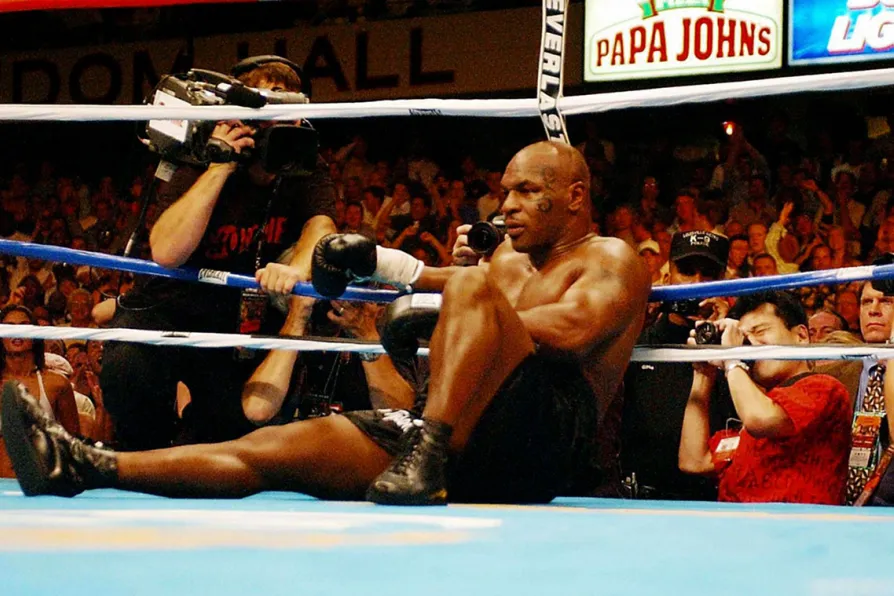

“I WOULD’VE reigned supreme, if it weren’t for Iron Mike Tyson.”
So boldy states Frank Bruno in an upcoming Sky Sports documentary on his historic bid to become the first ever bona fide British world heavyweight champion when he faced Mike Tyson on February 25 1989 at the Las Vegas Hilton Centre.
Older readers will recall the fight as one of the most eagerly anticipated sporting events in years, and even perhaps of the eighties, one offering up a Manichean struggle between a symbol of absolute good in the shape of the most beloved and jovial British heavyweight since Henry Cooper, and in Tyson a man who emitted an aura of such pristine malevolence you would not have been surprised to learn that he routinely basebatted his own reflection for looking at him the wrong way.

In recently published book Baddest Man, Mark Kriegel revisits the Faustian pact at the heart of Mike Tyson’s rise and the emotional fallout that followed, writes JOHN WIGHT

As we mark the anniversaries of the Hiroshima and Nagasaki bombings, JOHN WIGHT reflects on the enormity of the US decision to drop the atom bombs

From humble beginnings to becoming the undisputed super lightweight champion of the world, Josh Taylor’s career was marked by fire, ferocity, and national pride, writes JOHN WIGHT

Mary Kom’s fists made history in the boxing world. Malak Mesleh’s never got the chance. One story ends in glory, the other in grief — but both highlight the defiance of women who dare to fight, writes JOHN WIGHT














